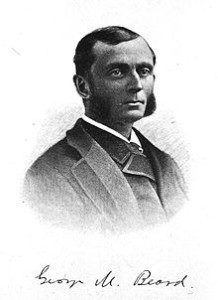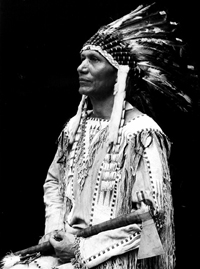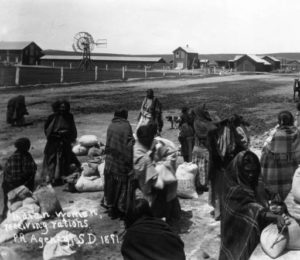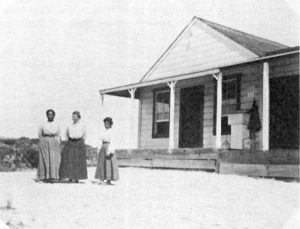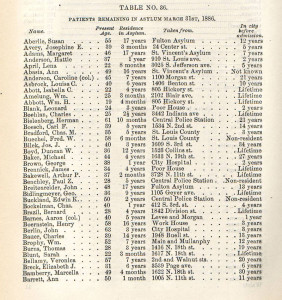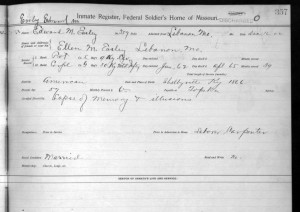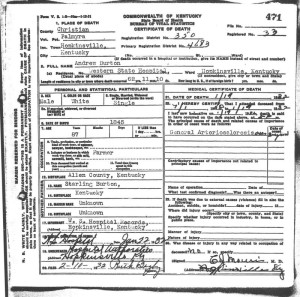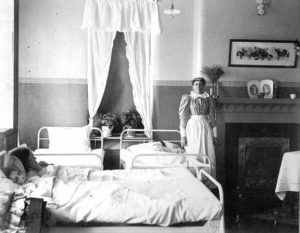Americans may have enjoyed many of the new inventions and opportunities the dawning industrial age offered, but many were also thrown off balance by the increasingly fast pace of the late 1800s.
Dr. George Beard noticed that Americans were having difficulty coping with life as new forms of transportation, communication, and automation made their way into society. He tried to make sense of the physical symptoms cropping up in far too many ordinary, upper and middle-class people, and determined that they were caused by an “exhaustion of the nervous system.” He termed the syndrome neurasthenia.
Though Beard’s observations were quite astute to some degree, he also perpetuated some stereotypes. He believed that “civilization” and its higher demands led to certain nervous conditions and physical complaints: “The savage can usually see well; myopia is a measure of civilization.”
Likewise, American women, who were given the opportunity to socialize more easily than women in other countries, developed their “cerebral activity” more quickly. This, in turn, influenced their physical development, with the end result that American women were typically more beautiful and expressive than women in other countries.
